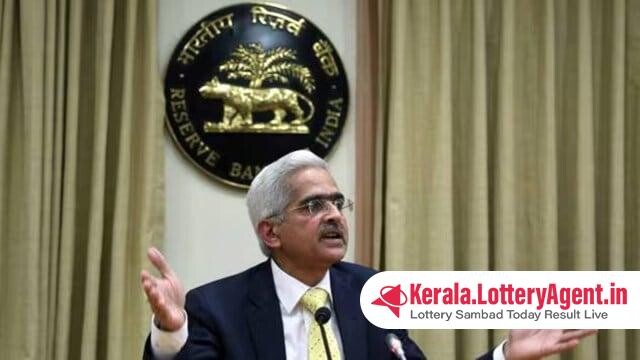
In a recent statement, Reserve Bank of India (RBI) Governor Shaktikanta Das has emphasized the steadfast stance of the central bank regarding the Exchange Traded Currency Derivatives (ETCD) market. According to Governor Das, parties engaging in ETCD transactions must demonstrate an underlying exposure, underscoring a longstanding policy that the RBI does not intend to review.
This clarification came in the wake of the RBI’s decision to postpone the implementation of its new ETCD framework from the initial date of April 5 to May 3, in response to concerns about market participation and notable volatility in the foreign exchange market in the lead-up to the original deadline. Addressing the media post the monetary policy review announcement, Governor Das stated, “There has been no change in the RBI’s policy (on ETCD market). This policy of the need to have an underlying has always been a part of the RBI’s policy for the last many years. This (need for underlying exposure for ETCD contracts) has been a consistent position.”
The regulations in question stem from the requirements set forth in the Foreign Exchange Management Act (FEMA). When probed about the possibility of a review of these regulations, Governor Das responded firmly, noting the longstanding nature of the requirement and questioning the very notion of a review, thereby reinforcing the permanence of the policy.
Earlier this year, on January 5, 2024, the RBI had issued a master circular pertaining to the hedging of foreign exchange risks. It allowed market participants to assume long or short positions in the foreign exchange derivatives market without having to definitively prove the presence of an underlying exposure, up to an aggregate of $100 million equivalent across all currency pairs involving the Indian rupee. Nonetheless, the circular mandated stock exchanges to communicate to their users that, despite the dispensation from providing documentary evidence of the underlying exposure, they must confirm the existence of valid underlying contracted exposure not already hedged by another derivative contract, and be prepared to substantiate this requirement as needed.
Further elaborating on the policy, RBI Deputy Governor Michael Patra made it clear that the January 5th master direction was not indicative of a new approach but rather a reiteration of existing policies. He stated categorically that ETCDs are intended for the purpose of hedging and that underlying exposure remains a compulsory element. Patra highlighted confusion among some market participants who misconstrued the easing of documentary evidence requirements as an absence of the underlying exposure obligation. Such misinterpretations, he pointed out, not only stray from RBI guidelines but also constitute a legal violation.
Both Governor Das and Deputy Governor Patra’s assertions are indicative of the RBI’s vigilant stance on safeguarding the integrity of the foreign exchange market. The central bank’s measures are designed to prevent speculative trading practices that could destabilize the market and to ensure that ETCDs serve their primary function as risk management tools rather than speculative instruments.
The RBI’s policy and its unwavering commitment to enforcing the underlying exposure requirement highlight the regulator’s proactive role in maintaining a stable and well-regulated forex market. The recent extension of the implementation deadline reflects the RBI’s accommodative approach to provide adequate time for market participants to adjust to the compliance requirements. The central bank’s clear communication on this issue seeks to dispel any uncertainties and uphold the rule of law within the financial markets.












